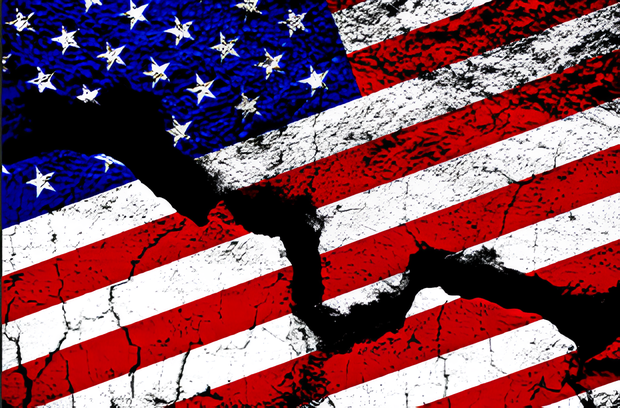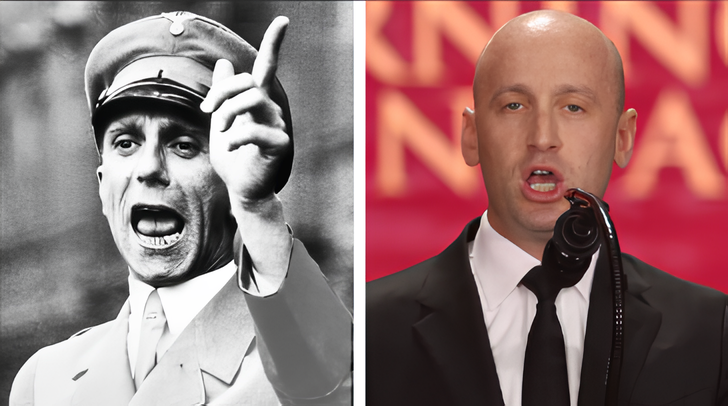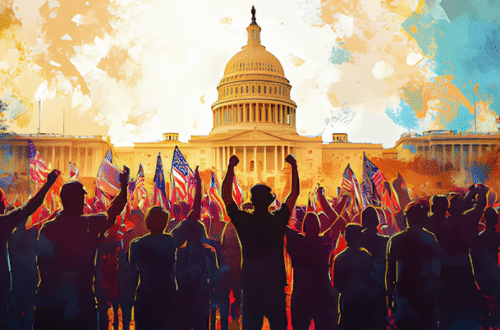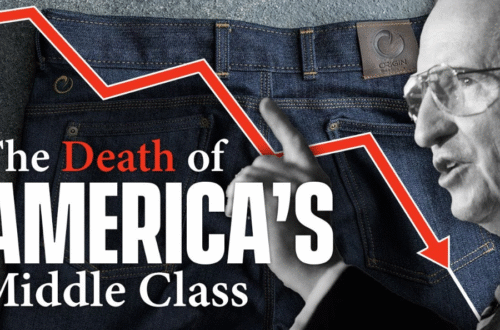
In today’s America, political violence, mass shootings, and social unrest are often blamed on “the other side.” After every tragedy, the talking points fly: It’s the left. It’s the right. It’s the radicals. But underneath the partisan finger-pointing lies a deeper problem. Division itself has become a political strategy, and administrations — past and present — have at times fanned the flames of anger rather than worked to put them out.
The Politics of Outrage

Division isn’t just a byproduct of political debate; it’s a tool. Political strategists know that fear and anger are among the strongest motivators. Research consistently shows that negative emotions drive voter turnout, donations, and engagement far more effectively than calls for cooperation.
That means leaders, parties, and media outlets have powerful incentives to keep people angry. The more divided the public is, the easier it becomes to rally a base, label opponents as existential threats, and dodge responsibility for real problems like healthcare, gun violence, inflation, or inequality.
In short: outrage is profitable.
How Administrations Use Division

Every administration has promised unity at one point or another, but when the pressure mounts, the message often shifts to warning about “the other side.” This administration is no exception.
- Unity in speeches, division in practice. While presidents often start with messages of healing, their campaigns and governing strategies tend to highlight dangers posed by their rivals. By framing political opponents not just as competitors but as threats to democracy or national security, leaders mobilize their base but deepen the divide.
- The perpetual crisis narrative. Both parties lean heavily on the idea that America is on the brink of collapse if the other side gains power. That constant “crisis mode” ensures people stay politically engaged — but also chronically angry.
- Selective messaging on violence. After violent incidents, leaders sometimes highlight those that fit their narrative while downplaying others, fueling the perception that violence is partisan rather than multifaceted.
The end result? Instead of lowering the temperature, national leaders often profit from the heat.
Anger as a Distraction
There’s another reason division is useful: it distracts. When citizens are locked in daily battles with neighbors, coworkers, and even family members over politics, they have less bandwidth to scrutinize government performance.
- Economic struggles, infrastructure issues, healthcare costs — these long-term challenges require bipartisan problem-solving, which rarely happens in a climate of hostility.
- Accountability suffers. As long as voters see the other party as the enemy, they may excuse poor leadership on their own side, so long as it “owns” the opposition.
- Media and tech amplify the loop. Outrage sells advertising, boosts social media clicks, and strengthens the same divisions politicians exploit.
In effect, Americans are kept busy fighting each other, while systemic issues remain unsolved.
The Cost of Division
The consequences are clear:
- Trust in government institutions has collapsed. Polling shows confidence in Congress, the media, and even the Supreme Court is at historic lows.
- Polarization is rising. Pew Research data reveals Democrats and Republicans not only disagree on issues, but increasingly see the other side as immoral or dangerous.
- Violence escalates. Extremist groups and lone actors, fueled by hostile rhetoric and amplified online, see violence as justified. Meanwhile, most shootings remain tied to personal grievances, mental health crises, or domestic disputes — problems that rarely make headlines compared to partisan blame games.
A Path Forward
Breaking the cycle requires leadership willing to lose short-term political points in exchange for long-term healing. That means:
- Reducing inflammatory rhetoric even when it mobilizes voters.
- Focusing on shared challenges like public safety, economic stability, and healthcare — areas where real solutions matter more than partisan wins.
- Strengthening civic education so citizens can recognize when outrage is being manufactured and used against them.
- Promoting accountability by demanding solutions, not just soundbites, from elected officials.
Bottom Line
Yes, some leaders absolutely fuel the fire of division — because it works. Anger motivates, outrage divides, and distraction keeps citizens from demanding better. But division is not inevitable. Americans can reject the narrative that their neighbors are the enemy and insist on leadership that cools the temperature instead of raising it.
Until that happens, the cycle of fear, blame, and anger will continue — and the people who benefit most will not be the citizens paying the price.
Article was written by Scott Randy Gerber for the Tipping Point Tampa Bay ©2025 All Rights Reserved





